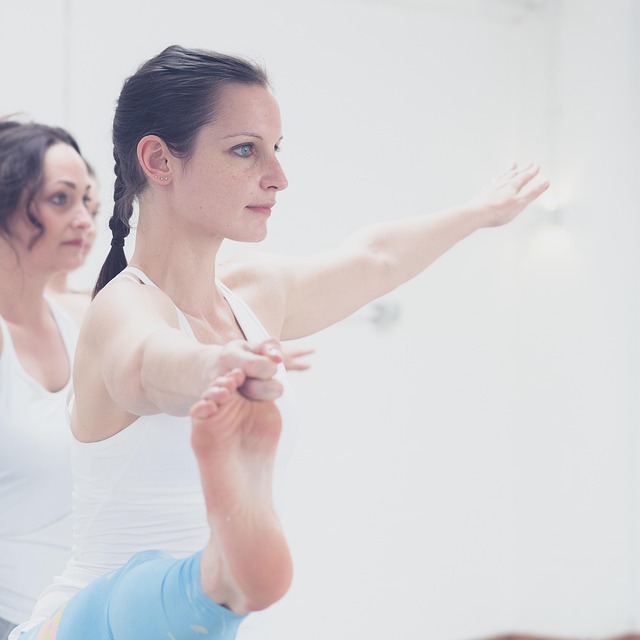In the world of photography, mastering white balance is crucial for capturing images that resonate with your audience. It goes beyond mere technical adjustments; it’s about encapsulating the emotional essence of a moment. White balance plays a pivotal role in how colors are rendered in your photographs, and getting it right can elevate your images from ordinary to stunning.
Every photographer knows the frustration of reviewing shots that look slightly off, whether they are too warm or overly cool. The culprit often lies in the white balance settings of your camera. Think of white balance as the magic wand that harmonizes all the colors in your photos, ensuring that whites appear true to life, and consequently, every other color falls into place.
With the advent of digital cameras and advanced optics, photographers have more control over their white balance settings than ever before. Most modern cameras come equipped with various presets, allowing you to adjust according to different lighting conditions like daylight, shade, tungsten, and fluorescent. However, relying solely on these presets can sometimes yield less than desirable results.
For the true photography enthusiast, taking the time to understand the Kelvin scale can be a game changer. By adjusting your camera settings to a specific Kelvin temperature, you gain precise control over how the light in your scene is rendered. This skill is especially beneficial in complex lighting environments, where the colors can easily shift and distort.
Experimentation is key when mastering white balance. Don’t hesitate to take multiple shots with different settings. Try adjusting the white balance in post-processing using software like Adobe Lightroom or Photoshop. Not only can this save a photo that initially appeared dull, but it can also become a creative avenue for enhancing mood and atmosphere.
Furthermore, remember that white balance is not a one-size-fits-all solution; it varies depending on the scene you’re capturing. In landscapes, warmer tones can evoke a sense of warmth during golden hour, while cooler tones might be ideal for capturing serene wintry scenes. Portrait photography often benefits from slightly warmer white balance settings to give your subjects a healthy glow.
Embrace the learning curve that comes with mastering white balance. As you hone your skills, you’ll find that the colors in your photographs will start to burst with vibrancy and life. With every adjustment, you’ll get closer to achieving the kind of images that tell compelling stories through their rich, dynamic colors.
Don’t let improper white balance overshadow your photographic journey. Instead, let it inspire you to explore new depths in your work. As you become more adept at adjusting colors to reflect your vision, you’ll create stunning visuals that not only capture a moment but also express emotion, setting your photography apart from the rest.


